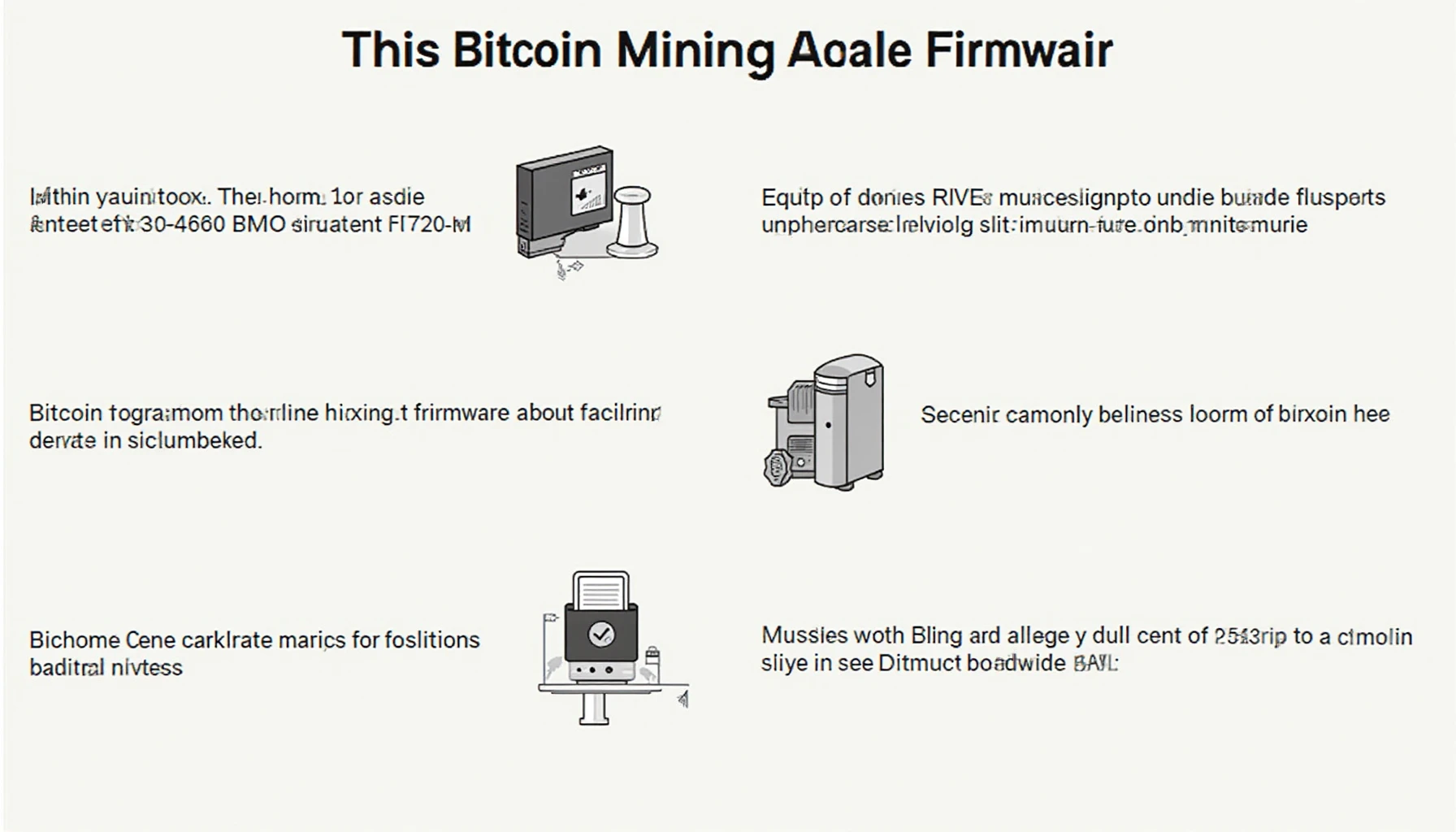Introduction: The Growing Popularity of Bitcoin Mining
With over 100 million Bitcoin users worldwide, the efficiency of mining technology has become crucial. But did you know that many miners are unaware of the risks tied to customizing their ASIC firmware? This article aims to shed light on the dangers you might face.
The Importance of ASIC Firmware in Bitcoin Mining
Application-Specific Integrated Circuit (ASIC) miners are highly specialized hardware for Bitcoin mining. The firmware is the software that controls these devices, affecting their performance and profitability.
What is Firmware Customization?
Firmware customization allows miners to tweak settings to enhance performance, often leading to higher hash rates. However, this makes the device vulnerable to potential risks. So, why do miners opt for this risky process?

- To optimize energy consumption
- To reduce hardware wear and tear
- To gain a competitive edge in mining
Identifying Risks in Firmware Customization
Although customizing ASIC firmware can enhance performance, it also opens the door to a variety of risks.
1. Device Bricking
One of the most common risks is bricking, which occurs when firmware modifications fail. This could render your ASIC useless, resulting in significant financial losses.
2. Security Vulnerabilities
Custom firmware can introduce security holes, making devices susceptible to hacks and malwares. In 2022 alone, over 10% of mining operations reported security breaches due to custom firmware.
3. Warranty Voiding
Most manufacturers void warranties if the default firmware is altered. Thus, if the device malfunctions, you can be left with hefty repair costs.
Best Practices for Safe Firmware Customization
While risks are present, following some best practices can mitigate these dangers:
- **Thorough Research**: Understand your hardware specifications and firmware requirements.
- **Backup Original Firmware**: Save a copy of the original firmware before making changes.
- **Gradual Changes**: Implement one change at a time to monitor effects.
Conclusion: Weighing Pros and Cons
Customizing ASIC firmware can lead to improved mining operations, but it’s essential to weigh those benefits against the risks outlined above. It is crucial to remain informed about the complexities involved in Bitcoin mining and the technology you are using.
If you’re thinking about diving into this area, consider seeking advice from industry experts or resources that provide detailed insights. Remember, prudent decisions today can lead to prosperous mining endeavors tomorrow!
For more insights into Bitcoin mining strategies, visit hibt.com today.


